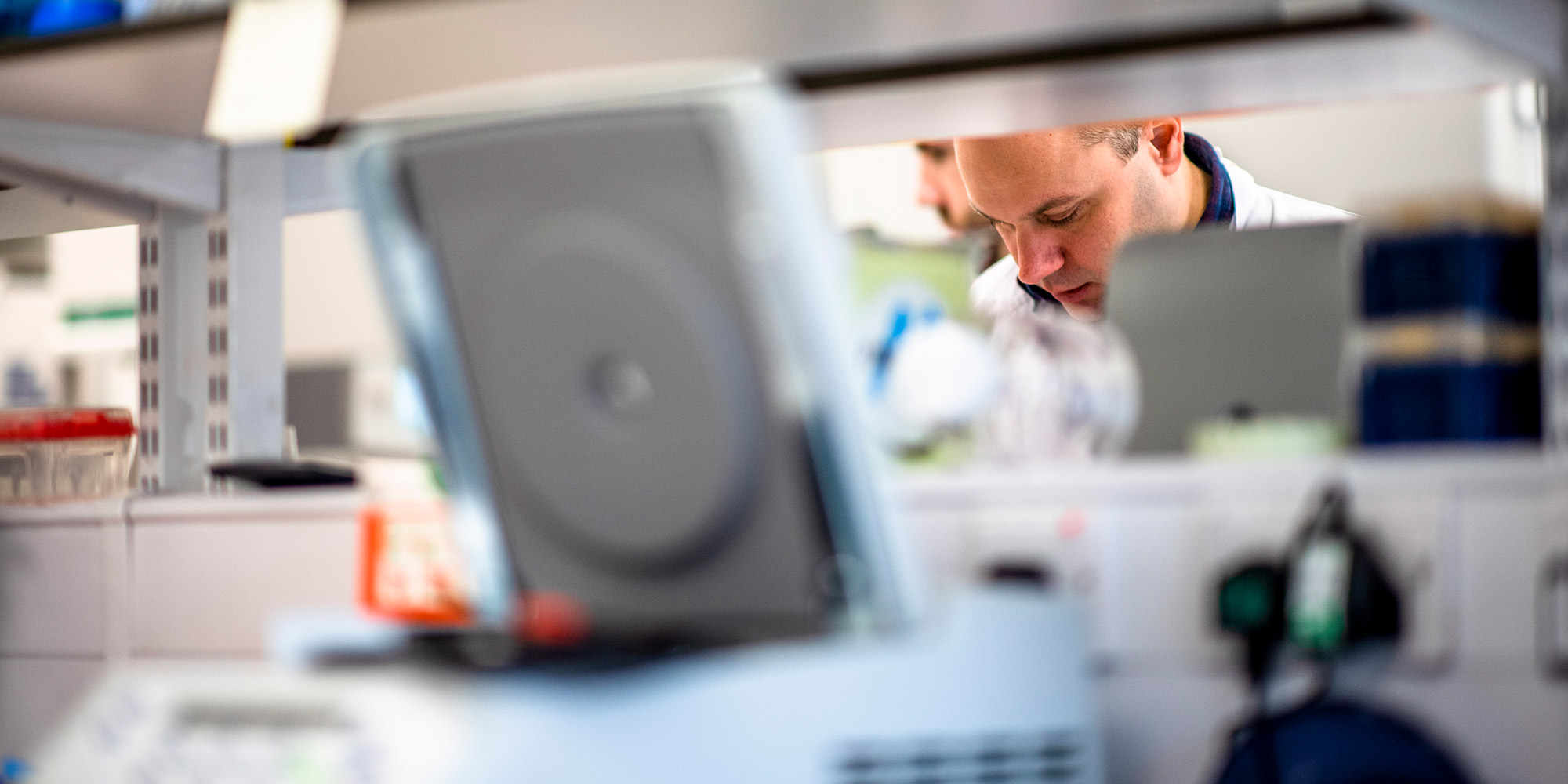

Why we Need Metrics to Quantify IP Wealth Generation
The success of any enterprise, be it public or private, depends on whether an organisation meets or exceeds a number of key performance targets.
These metrics, which can be both social and financial, allow people to buy into a strategic vision and focus on a shared goal, while those responsible for the strategy, whether a government body or a board of directors, have a fiduciary duty to act in the best interest of their shareholders or the taxpayer.
Diversifying London’s economy away from financial services into science and technology will take time, but when we come to judge that success, the overriding indicator has been how much intellectual property has been created and how has it been used to create further success.
Reaping the rewards from investing in intellectual property takes time, often years, but it can be both transformative and far reaching. IP wealth generation here means (1) the economic risk diversification derived from significant numbers of ‘sticky’ jobs, or jobs that don’t get moved overseas; (2) the increased capitalisation of IP-driven firms being redistributed to both risk takers and the general population via shares and, (3) increased wellbeing and happiness caused by the services and products from temporarily (approximately 20 years) protected technologies.
Based on that theme, an examination of the parliamentary questions and answers and evidence to the Parliamentary Science & Technology Committee over 2011-2013 concerning the flagship Catapult Centres and the Crick Centre throws up a surprising fact. While the word “innovation” is used extensively, there is hardly any description of innovation-driven (i.e. IP) job targets associated with either of these two projects. The associated terms “start-up” or “spin out” are scarcely if at all mentioned. It seems that over £1.08 billion of state treasure is to be expended, but this is somehow dislocated from any long-term job creation forecasts and targets tied to the IP creation implicit in both projects. This gap is paralleled by strategy documents issued by the Crick and the Technology Strategy Board (TSB).
This discrepancy is exacerbated by the obvious commitment by the present government (and indeed the previous Labour administration) to evidence based policy, i.e. on-going and challengeable empirical evaluation of what works and what doesn’t. For instance, the Major Projects Authority.
The government apparently doesn’t seem to have included IP-driven job creation targets in either of these two flagship science infrastructure projects. The argument against is that both projects may never have been designed to create start-ups, which is a worrying prospect. A rebalanced economy depends on more engineering and science companies being created now in order to inhabit future UK economic space.
Hermann Hauser, the entrepreneur and investor, has been asked to review the Catapult programme, the government’s network of technology and innovation centres, which he helped to set up, as part of his original review under the previous Labour government.
The number of centres now stands at seven and there are plans to open two more by 2015. Interestingly again, in the review’s feedback questionnaire there was no mention of an existing IP-driven job agenda although it was suggested in question 7 as a ‘would be interested’ future topic.
Put simply, the arguments above are not just for sticky IP-driven technology jobs being implicit in all public science programmes by default, but it is a more general argument for government with limited means.
In contrast, incubators usually deliver on IP-driven jobs. In London between 2003 and 2009, City Hall spent around £13 million of public money on three incubators to plug a shortage of commercial lab space in London. That is a relatively small amount of money to address infrastructure bottlenecks and sustain strong IP-driven economic growth. But this money created hundreds of jobs and dozens of IP driven capitalisation events. QMB’s contribution is well evidenced: to date, over 370 jobs have been created or facilitated as well generating hundreds of millions of pounds in IP-driven capitalisation, all for just £7 million.
QMB’s business is about incubating and supporting science companies and there’s little doubt from our sales pipeline that there is a lot of on-going demand for laboratory space in London, even though it’s lumpy. However, just £10-15 million could fix this commercial laboratory shortage, or roughly the same amount of money the LDA/GLA spent on all the incubators in London to date. Sadly, that pot of money has now dried up and we are now turning away science and technology firms and the promise of taxes and wealth creation that they bring.
Note: This article gives the views of the author (Ramsay Richmond) and is not the position of the QMB blog, nor of Queen Mary BioEnterprises, nor of Queen Mary University of London
